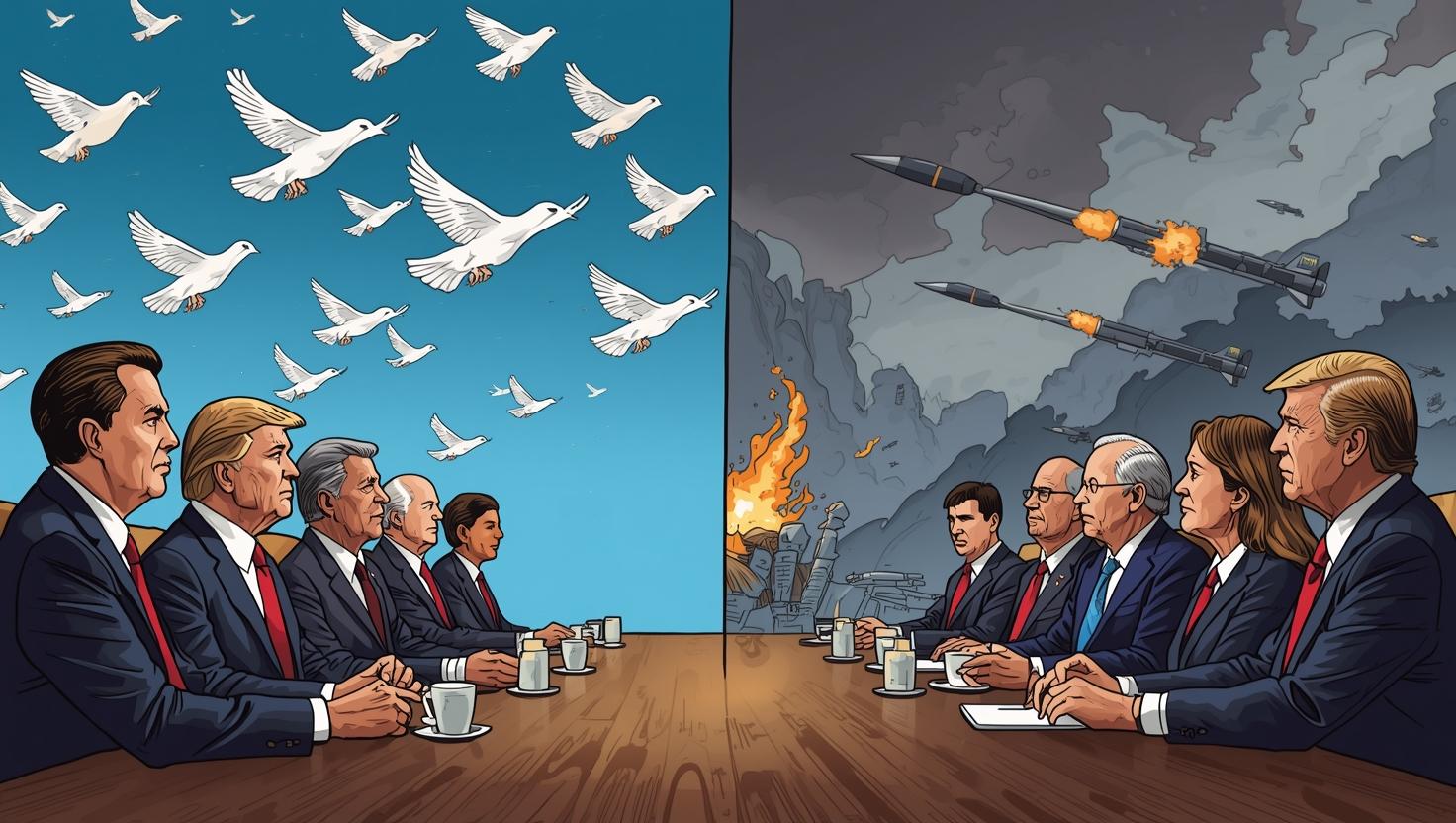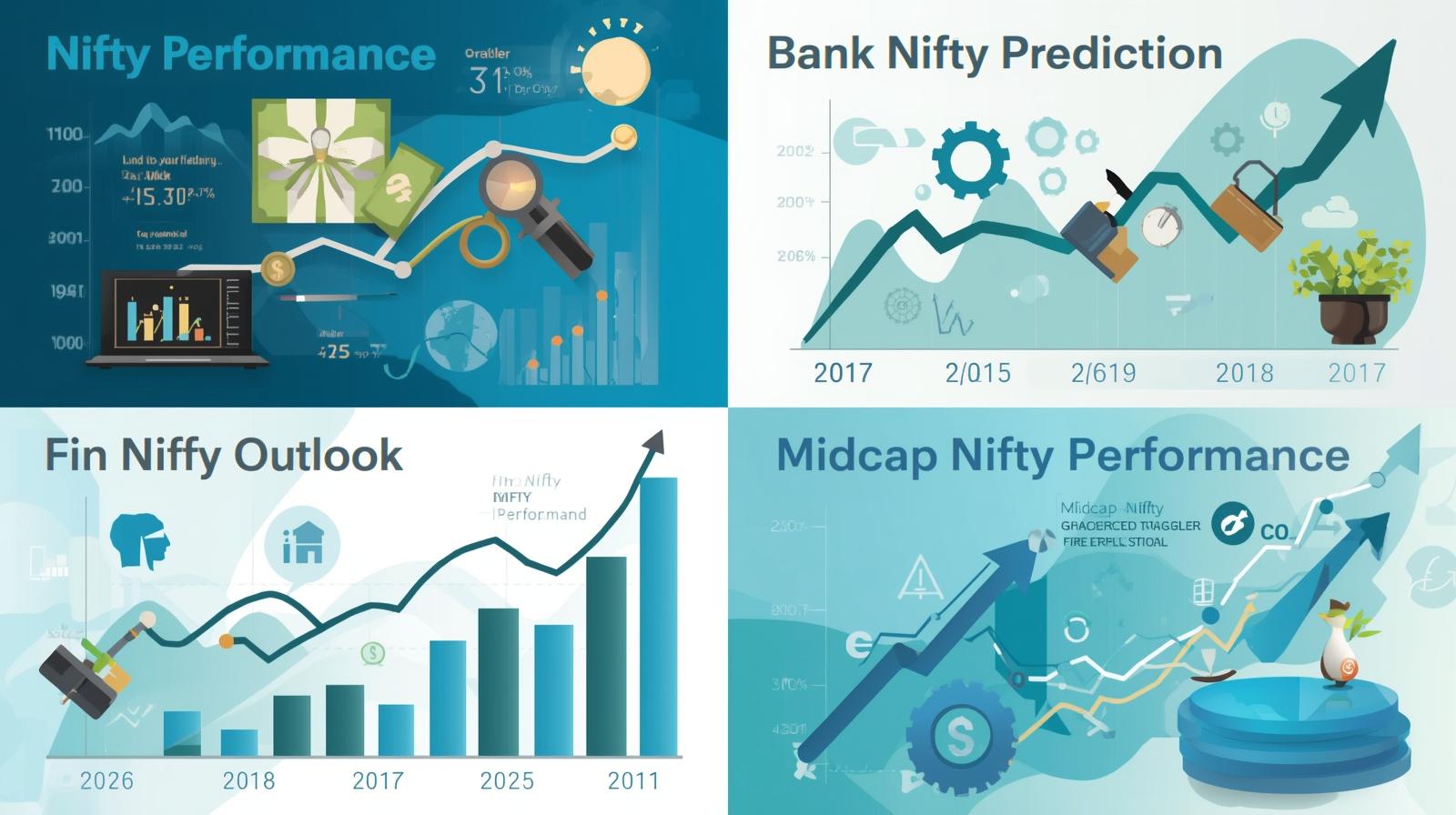Introduction
The Russia–Ukraine war has once again taken center stage in global affairs, with high-level diplomacy clashing against the grim reality of ongoing military strikes. As of August 19, 2025, the world is witnessing a unique mix of intense negotiations, humanitarian concerns, and battlefield escalation.
Former U.S. President Donald Trump, alongside European leaders, has stepped into a pivotal role—attempting to broker peace talks between Ukrainian President Volodymyr Zelenskyy and Russian President Vladimir Putin. Yet, even as diplomacy unfolds, Russian missiles continue to rain down on Ukrainian cities, and Moscow pushes territorial demands in the Donbas region.
Trump’s High-Stakes Peace Drive
- At a White House summit, Donald Trump warned Vladimir Putin of a “rough situation” if peace efforts fail.
- He urged Ukrainian President Zelenskyy to “show flexibility” during upcoming talks.
- More than 30 world leaders, including UK’s Keir Starmer and France’s Emmanuel Macron, joined in drafting security guarantees for Ukraine.
- A Putin–Zelenskyy summit in Geneva is being discussed.
- Zelenskyy also proposed a $90 billion U.S.–Europe arms deal to strengthen Ukraine’s military.
Humanitarian Crisis: Children in Focus
- Trump and European Commission President Ursula von der Leyen pushed for the return of Ukrainian children abducted by Russia.
- Ukraine calls this abduction a genocidal act, demanding international accountability.
- Melania Trump personally appealed to Putin, making this issue a top humanitarian priority.
The Escalating War on the Ground
Despite diplomacy, Russia continues heavy strikes:
- Kharkiv Missile Attack: Multiple civilian casualties reported.
- Poltava Region: Kremenchuk oil refinery hit, sparking massive fires.
- Kyiv Funerals: Ongoing ceremonies for fallen Ukrainian soldiers highlight the human toll.
This contrast shows peace talks and destruction unfolding simultaneously.
Putin’s Demands: The Donbas Question
- Russia’s Position: Putin insists Ukraine cede the Donbas region as part of any peace deal.
- Ukraine’s Response: Zelenskyy refuses, stating, “Not an inch of Ukrainian land will be conceded.”
- Reality: This territorial standoff remains the biggest roadblock to peace.
Economic & Market Implications
The conflict continues to ripple through global markets:
- Energy Prices: Russian refinery attacks keep oil & gas markets unstable.
- Food Security: Ukrainian grain exports disrupted, impacting global supply chains.
- Defense Sector: Military contractors & defense stocks remain strong.
- Investor Sentiment: Diplomatic breakthroughs could spark rallies; collapse may trigger volatility.
What This Means for Traders
- Short-Term Volatility in oil, gas, and grain markets.
- Defense Stocks likely to outperform.
- Currency Sensitivity: Euro and USD reacting sharply to peace talks.
- Safe-Haven Assets like gold & U.S. bonds stay in demand.
Global Reaction: Optimism Meets Skepticism
- Europe: Hopeful about U.S.-led peace but cautious of Russian motives.
- Ukraine’s Allies: Support Zelenskyy’s deal but reject territorial concessions.
- Russia: Praises Trump while escalating missile and drone strikes.
The Road Ahead
- A Putin–Zelenskyy summit in Geneva could take place within weeks.
- The Donbas issue is still unresolved.
- Attacks on Ukraine are testing the durability of peace efforts.
The coming days will decide whether this becomes a historic breakthrough or just another missed opportunity.
📢 Stock Market Disclaimer
This article is for informational purposes only. It does not provide investment advice or trading recommendations. Markets are volatile and influenced by geopolitical events. Readers should consult financial advisors before making investment decisions.



